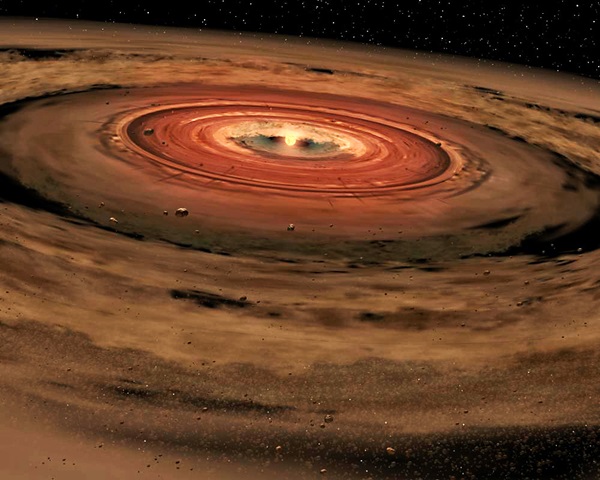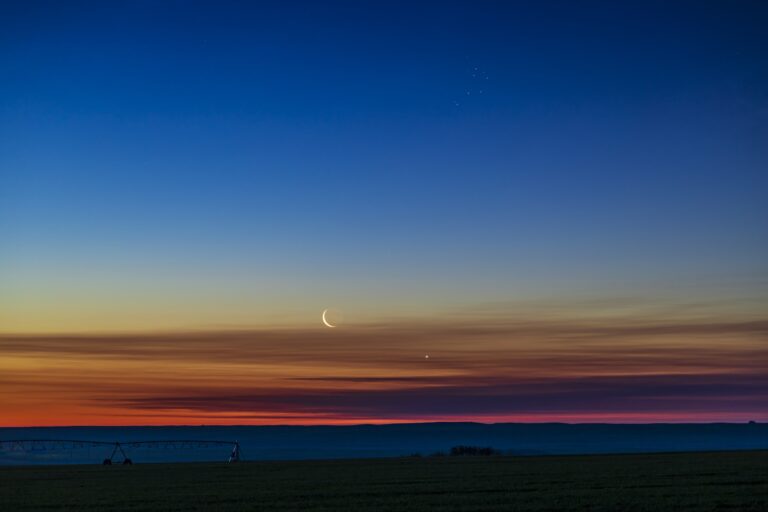Key Takeaways:
- The initial stages of planet formation, involving the aggregation of micrometer-sized dust particles into larger structures, present significant challenges due to the weak bonding forces between these particles.
- Experiments simulating protoplanetary disk conditions, including those conducted in microgravity environments, indicate that collisions between fragile, coral-like dust aggregates often result in fragmentation rather than accretion.
- High-velocity collisions within protoplanetary disks may contribute to the compaction of dust aggregates, potentially facilitating further growth through a process of partial destruction and re-aggregation.
- Additional factors, such as icy coatings on particles in outer disk regions and electrostatic forces mediated by charged gas, may play crucial roles in enhancing the sticking efficiency of dust particles and enabling the formation of larger pebbles.
Dust between the stars is tiny and better described as the bits within a puff of smoke.
These can bond together by atomic forces when brought closer together, as within a protoplanetary disk. These bits about a millionth of a meter across then tend to bind together in fragile, coral-like structures — these have been collected from interplanetary space by planes flying high in Earth’s stratosphere, so we know they exist. It’s the stages of accumulation from fractions of a millimeter up that looks most difficult. Experiments in low gravity (on the International Space Station and in drop towers) tend to show the weak corals smashing each other up rather than growing.
It may be that collisions at the speeds in protoplanetary disks — remembering Earth goes around the Sun at 19 miles (30 kilometers) per second! — are so fast that the corals are partially crushed into something more compacted, even if some of the branches do fly off. Other forces probably help too. Farther out than Earth’s orbit, icy coatings can settle on the particles from gas in the disk. Then it may be more like throwing snowballs at each other — more chance of sticking than with gravel.
Also, the gas can carry electrical charge, and so the grains may acquire charge, possibly supplying an extra sticking force. A lot of steps of adding a bit more mass are probably needed to end up with a true pebble several centimeters in size. Astronomers are starting to see protoplanetary disks in radio waves emitted by pebbles — so theory and experiment need to catch up to understand how real star systems do all this in perhaps only tens of thousands of years.
University of St. Andrews
United Kingdom










